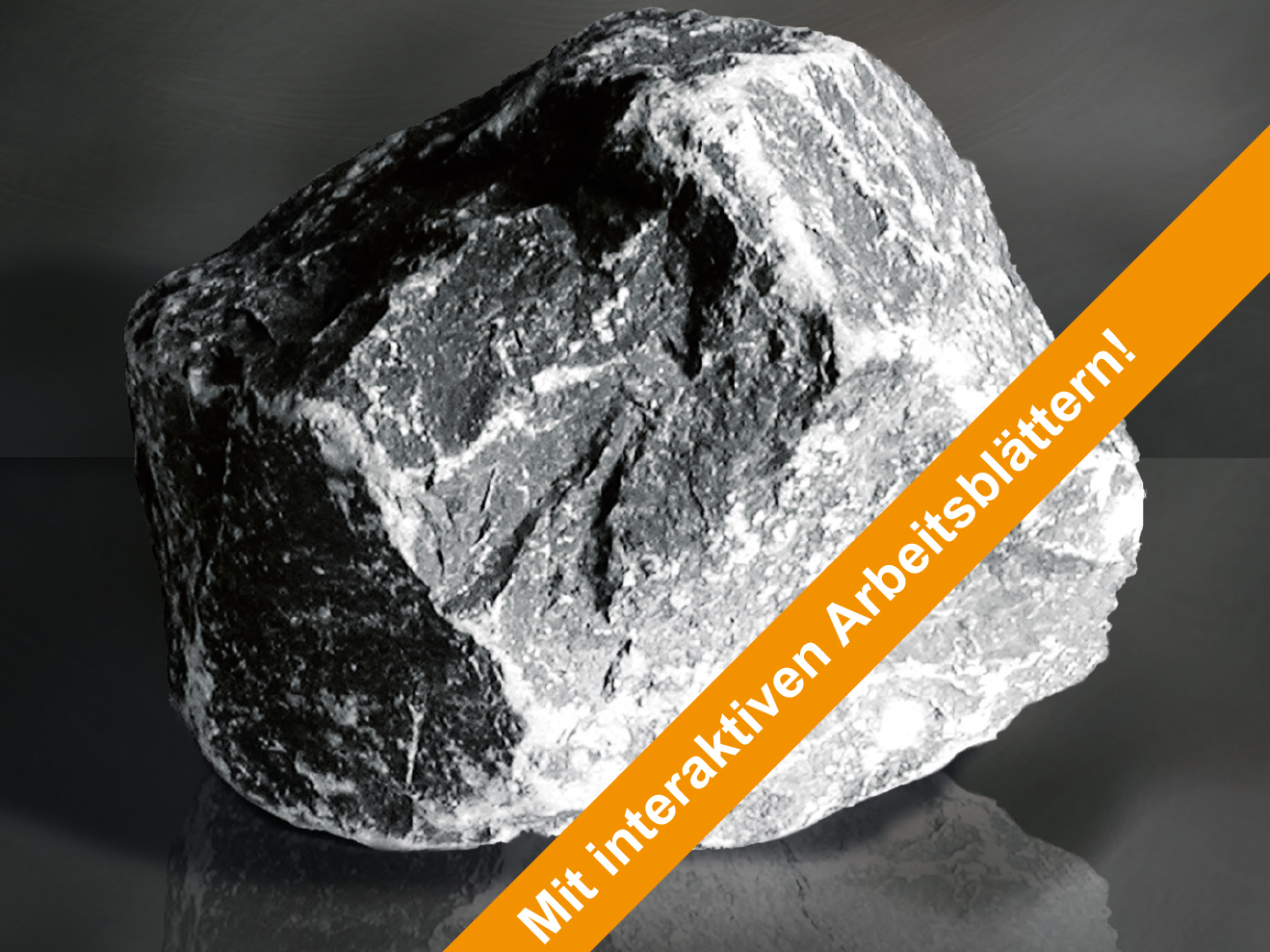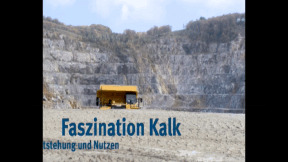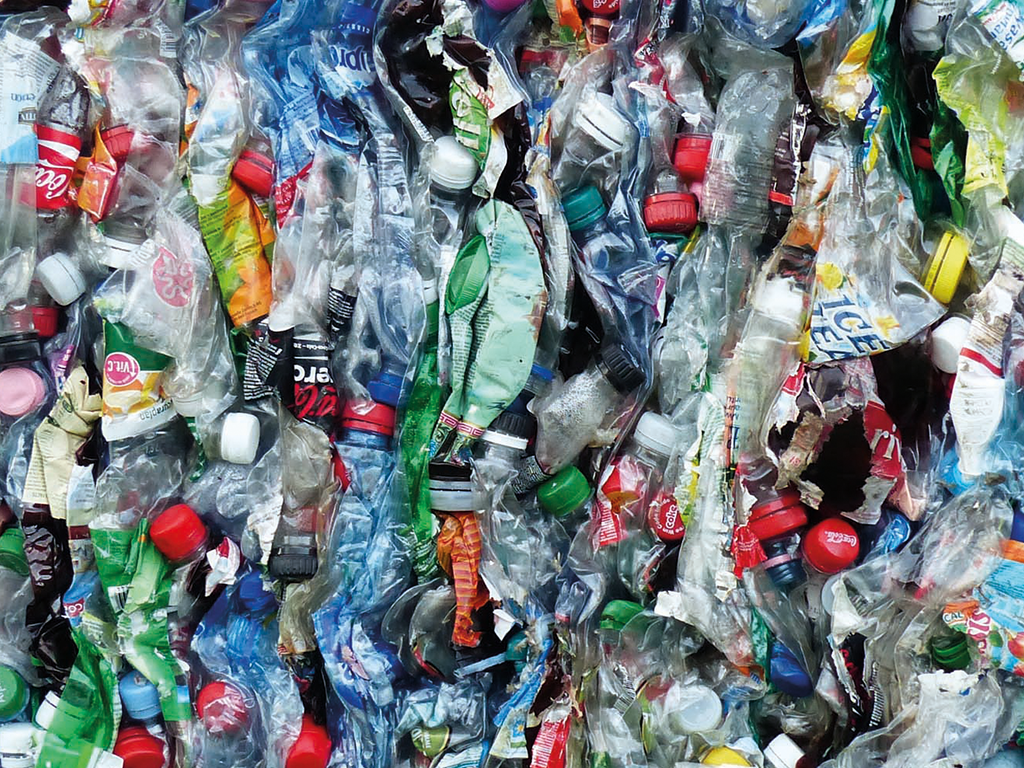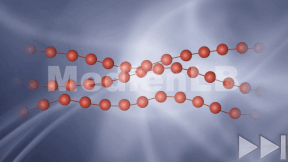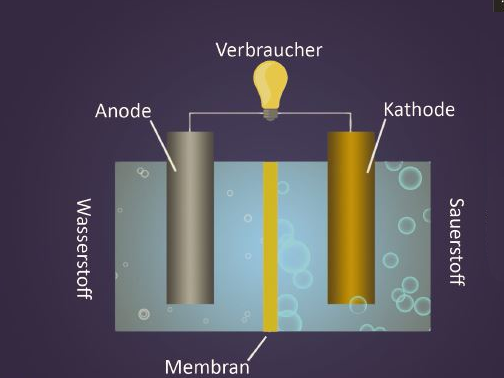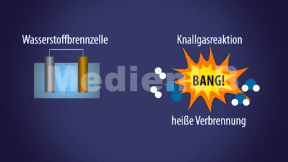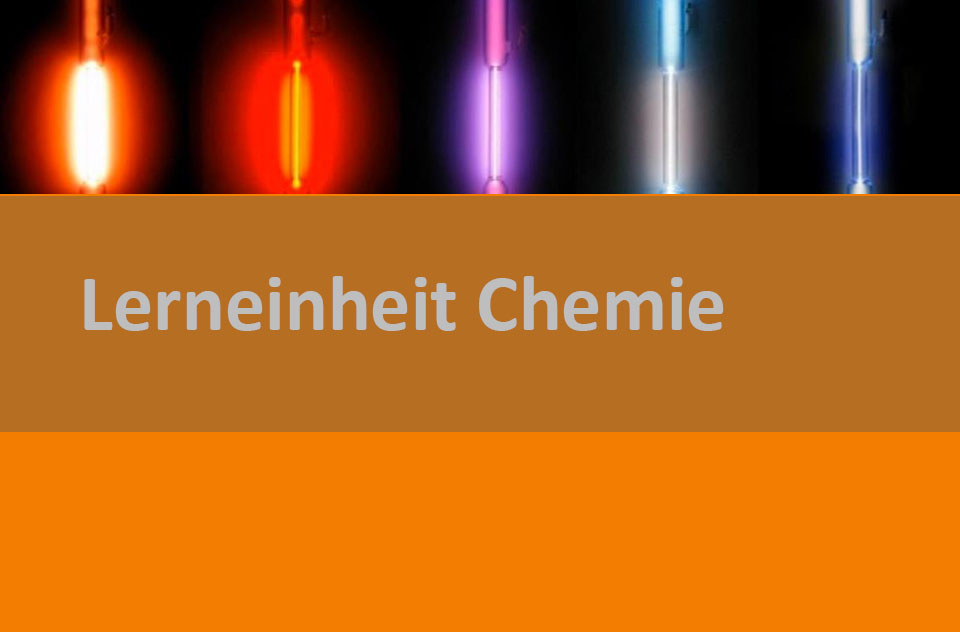
55502519
Edelgase
In 10 interaktiven Aufgaben und Videos wird Wissen zum Thema Edelgase vermittelt und anschließend abgefragt.
Das Medium bietet H5P-Aufgaben an, die ohne zusätzliche Software verwendbar sind.
Durch interaktive Aufgabentypen wird das audiovisuelle und interaktive Lernen einfach.
Lernen macht jetzt Spaß!
Included Tasks
- I Chemie der Edelgase - Lückentext
- II Wortgitter Edelgase - interaktive Aufgabe
- III Vorkommen und Gewinnung von Edelgasen - Video mit Aufgaben
- IV Edelgas:Anwendungen - interaktive Aufgabe
- V Atomkern; Elektronen; Schalen - interaktive Aufgabe
- VI Edelgase leuchten - interaktive Aufgabe
- VII Schalenmodelle zuordnen - interaktive Aufgabe
- VIII Edelgasregel - interaktive Aufgaben
- IX Elektronenverteilung - interaktive Aufgabe
- X Edelgase - Interaktive Aufgaben
Curriculum-centred and oriented towards educational standards
Matching
Fascination Lime
Many products used in everyday life are impossible without lime. These are, among others, glass, sugar, paper as well as pharmaceutical and cosmetic products. The raw material is also indispensable in the construction materials industry. Iron and steel producers need limestone, in environmental protection it is used, for example, for air cleaning and drinking water purification.
Plastic
Plastic has been around for not longer than roughly 100 years, and the synthetic material is a brilliant invention. Its production is cheap, it can take almost any possible form, it is light-weight, versatile and, above all, inexpensive.
Fuel Cell
A smartphone offers a lot of opportunities nowadays. The numerous apps and applications may enrich your daily life but cost a lot of electricity. It is particularly annoying when the device fails at the most inconvenient moments. Conventional rechargeable batteries are often empty after one day already, and the device needs to be plugged in. Besides many others, also this problem could be solved by using fuel cells – thus considerably increasing the duration of the smartphone.




